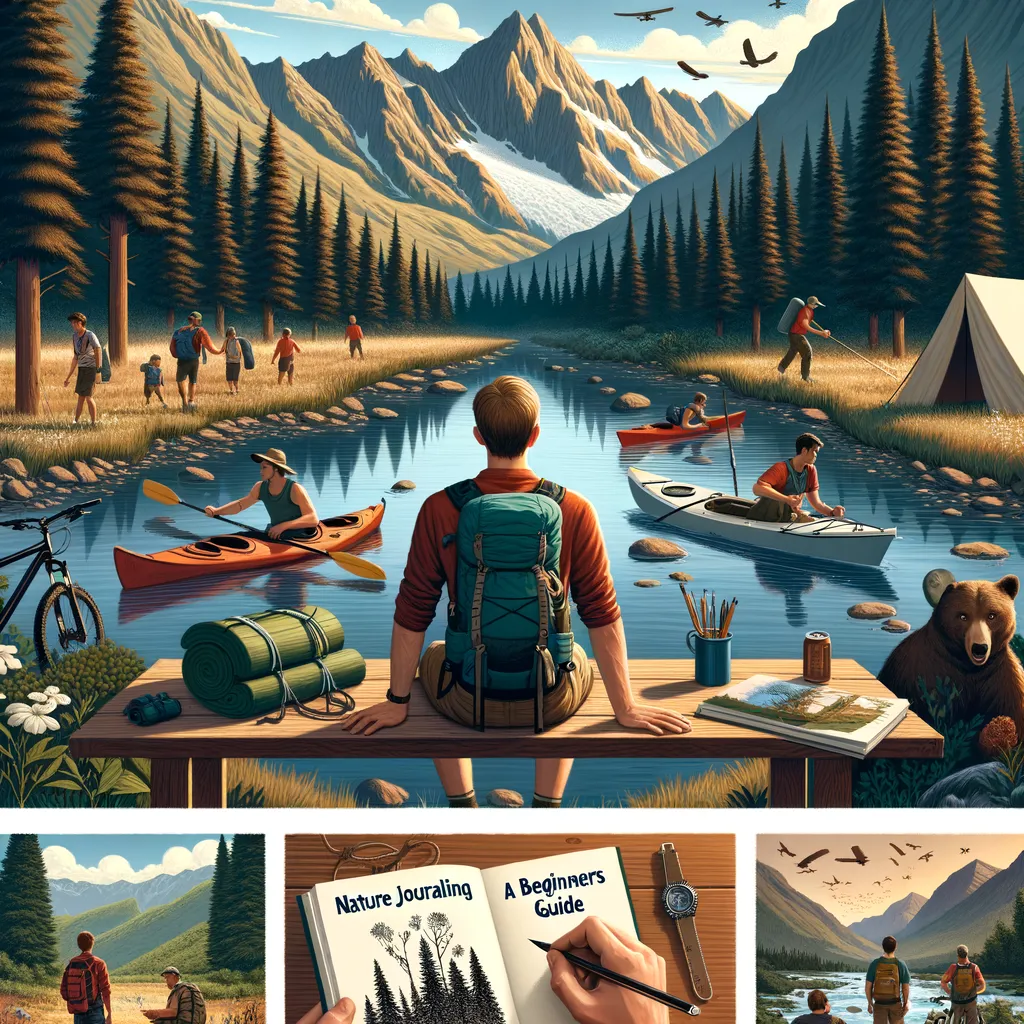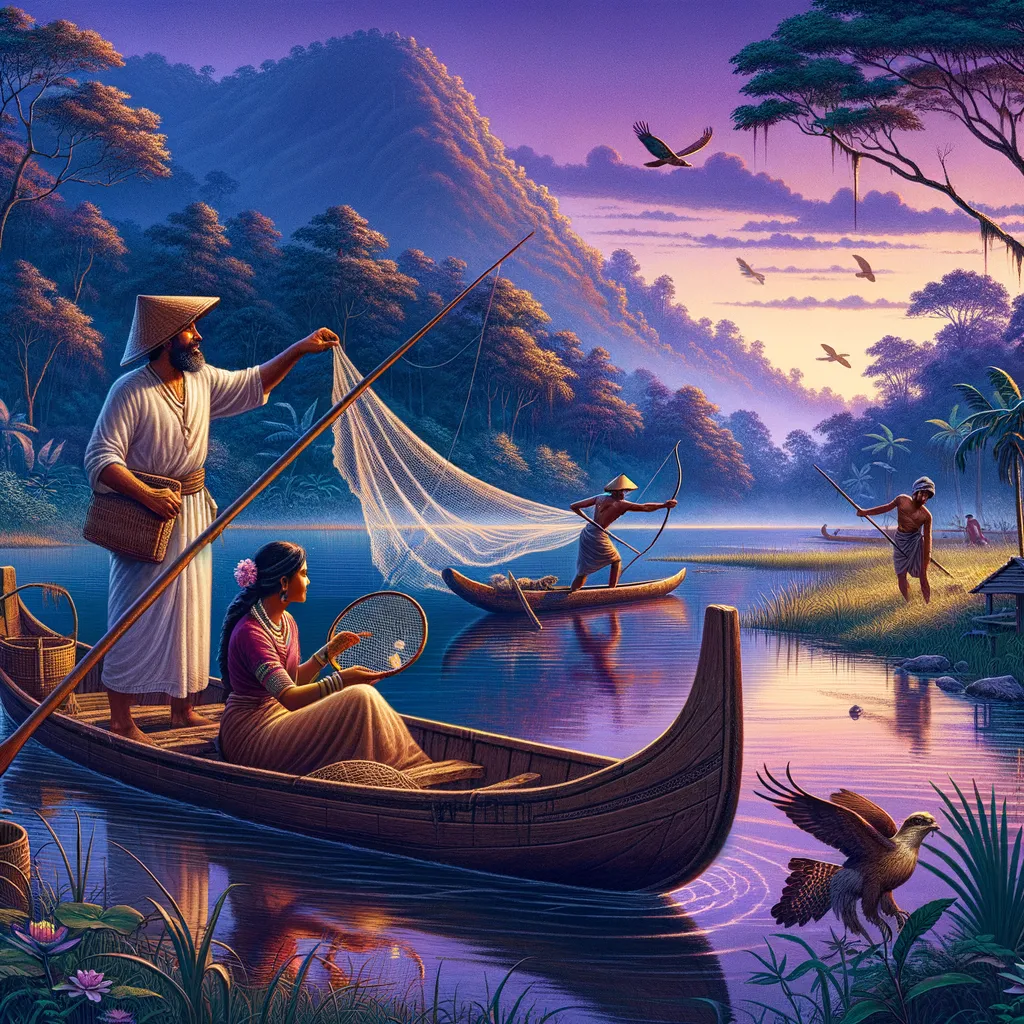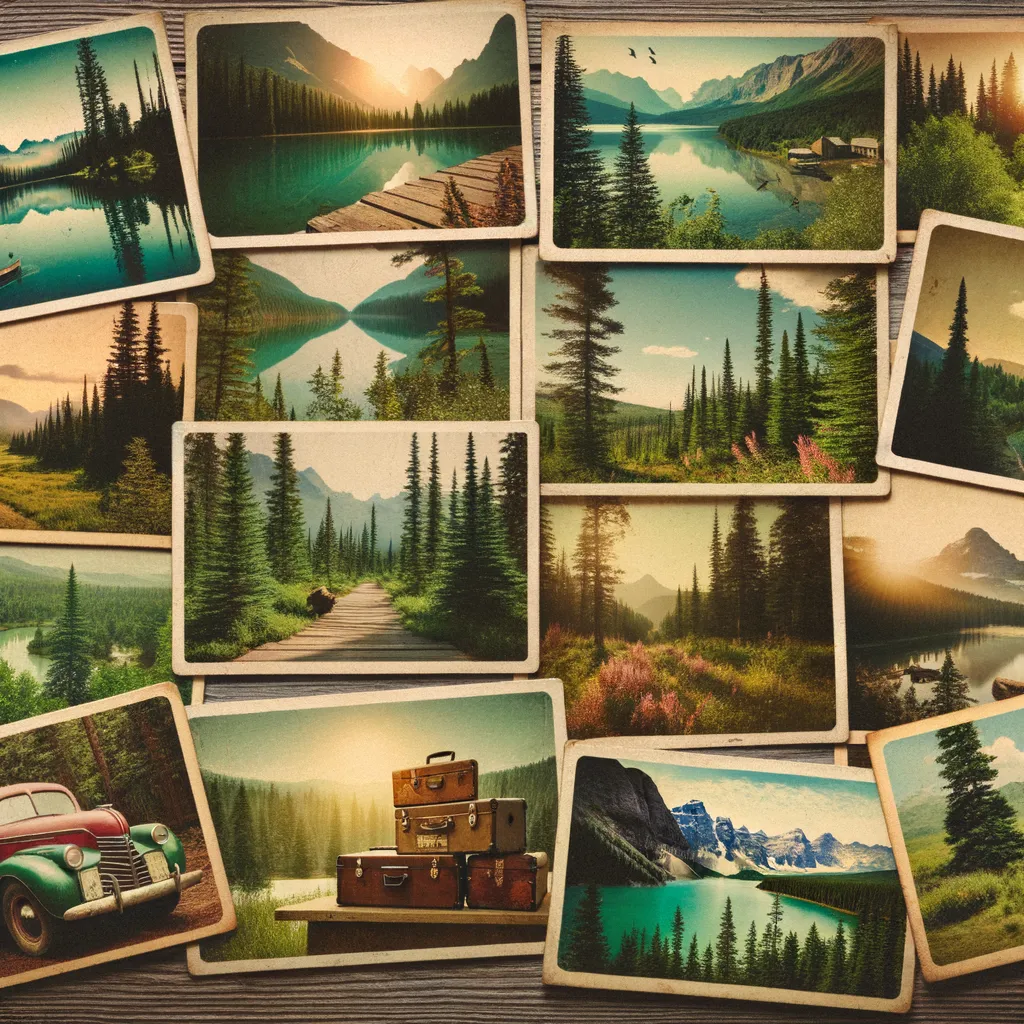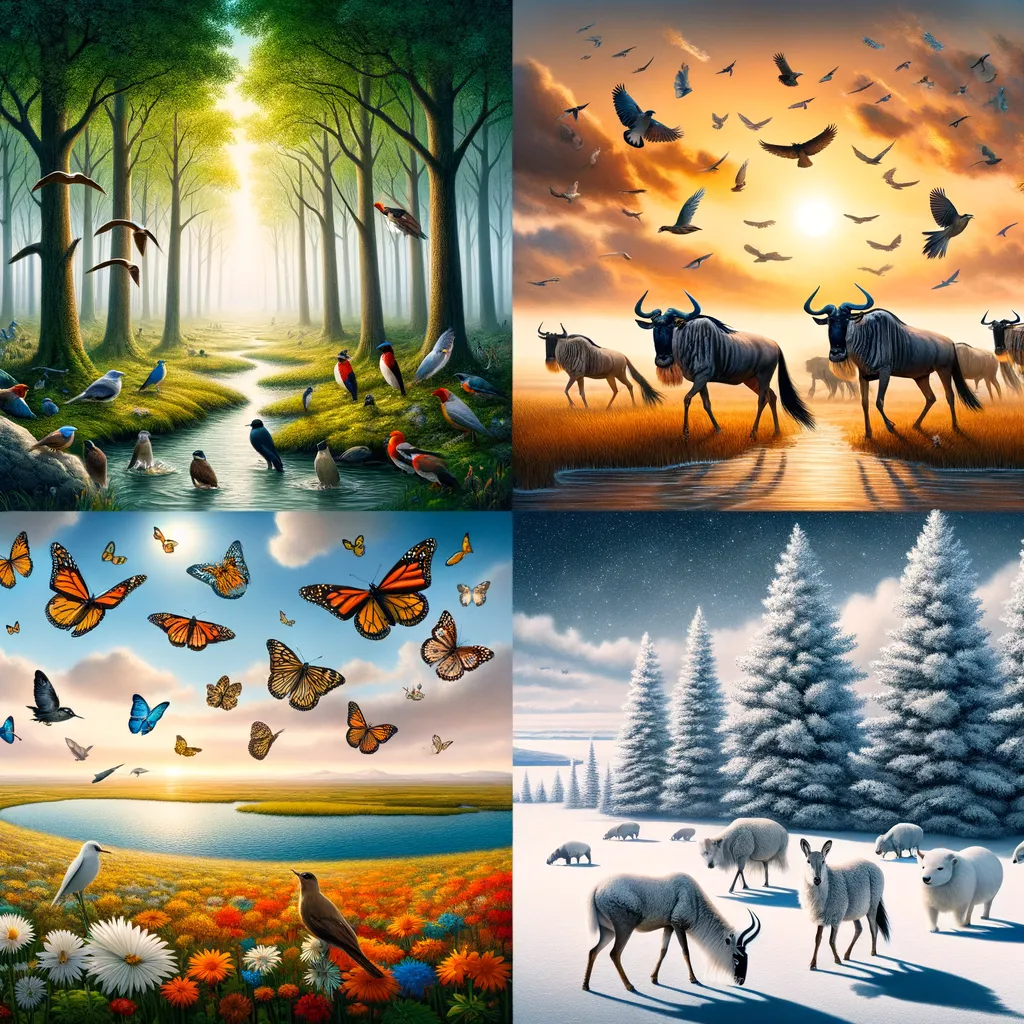The Art of Nature Journaling: A Beginner’s Guide
Welcome, dear parents, to the enchanting world of nature journaling! If you’re searching for an activity that is not only fun and educational but also promotes mindfulness and creativity among your children, then you’ve stumbled upon a treasure. Nature journaling is more than just keeping a diary. It’s about connecting with the natural world, observing its wonders, and recording those observations in a way that is personal and meaningful. This beginner’s guide is crafted to help you and your little explorers embark on this delightful journey. So, grab your notebooks, and let’s dive into the artful adventure of nature journaling!
Why Nature Journaling?
Before we unpack how to start nature journaling, it’s essential to understand why it’s such a beneficial activity. Nature journaling allows children to:
- Enhance Observation Skills: By closely observing their surroundings, children learn to notice details they might have previously overlooked. This heightened awareness can translate into better concentration and analytical skills.
- Boost Creativity: Deciding what to record and how to represent it artistically encourages creative thinking and problem-solving abilities.
- Promote Mindfulness: Spending time in nature and focusing on the present moment can improve mental health, reducing feelings of stress and anxiety.
- Develop Writing and Drawing Skills: Nature journaling provides a platform for children to practice and improve their writing and drawing, making it a fun way to develop essential academic skills.
- Foster a Love for Nature: By observing and documenting nature, children develop a deeper appreciation and connection with the environment, fostering a sense of responsibility towards its preservation.
Getting Started with Nature Journaling
The beauty of nature journaling lies in its simplicity. You don’t need fancy equipment to get started; a few basic supplies will suffice. Here’s what you’ll need:
- A Journal: Pick a journal that’s durable and portable. Consider a waterproof version if you’re adventurous and like to explore different terrains.
- Writing and Drawing Utensils: Pencils, pens, colored pencils, and watercolors are great for starting. Each tool offers a different texture and style, allowing your child to experiment creatively.
- A Magnifying Glass: This tool is not mandatory but can be handy for observing the fine details of plants, insects, and more.
Remember, the goal is to enjoy the process of observing and recording nature, not to create a masterpiece on the first try. Encourage your children to experiment and find what works best for them.
What to Journal?
Wondering what exactly to look for or record in a nature journal? The answer is anything that sparks interest! Nature journaling can include:
- Drawings and Sketches: Trees, leaves, birds, insects, or landscapes—the options are endless.
- Written Observations: Encourage your kids to write about the colors, textures, and smells they encounter, or how the scene makes them feel.
- Specimen Collection: Pressing flowers or taping fallen leaves onto the journal pages can add a beautiful, tactile element to their entries.
- Photographs: If your child is also interested in photography, incorporating photos can be another way to document their nature explorations.
Encourage your children to let their curiosity guide them. Whether it’s a detailed drawing of a leaf or a short poem inspired by the sunset, every entry is valuable.
As parents, your role is to facilitate and encourage, but also to participate. Nature journaling can be a wonderful family activity, where each member can contribute their observations and artwork. It’s a meaningful way to spend time together, learn, and create lasting memories.
Stay tuned as we continue to explore more tips and tricks to help you and your family get the most out of your nature journaling experience.

5 Essential Tips for Parents Preparing for the Art of Nature Journaling
Welcome to our comprehensive guide on preparing yourself and your children for the delightful adventure of nature journaling! This activity is not just about recording what you see in the great outdoors; it's a pathway to deeper connections with the natural world, a boost in creativity, and a fantastic method for enhancing mindfulness in your family’s life. Understanding the core of nature journaling will equip you with everything you need to ensure a smooth, enjoyable experience for everyone involved. Let us embark on this journey with five essential tips that every parent should know before starting.
1. Embrace Imperfection
One of the most important things to remember as you venture into nature journaling with your children is the beauty of imperfection. Encourage your kids to enjoy the process of observing, drawing, and writing without worrying about the “perfect” outcome. Celebrate their efforts and creativity. This mindset will not only make the experience more enjoyable for them but also help in fostering a positive, growth-oriented mindset towards learning and exploring new skills.
2. Cultivate Patience and Observation
Nature moves at its own pace, and so should you and your children when journaling. Teach your little ones the value of patience; show them how to sit quietly, watch, and listen. This practice will not only improve their observational skills but also instill a sense of calm and patience in their everyday lives. Start with short periods of time and gradually extend them as your children become more engrossed in their surroundings.
3. Equip Appropriately, But Don't Overdo It
While it's essential to have the right tools for nature journaling, simplicity is key. Start with basic supplies such as a sturdy journal, pencils, and perhaps some watercolors. Remember, the focus is on the experience rather than the equipment. Over time, you can gradually introduce new tools like magnifying glasses or a set of binoculars, especially if they show a keen interest in specific aspects of nature such as birds or insects.
4. Integration with Technology
Living in the digital age offers unique advantages. Introducing children to apps for identifying plants, birds, and stars can enrich their nature journaling experience. Teaching them how to use a camera or a smartphone to capture scenes they want to sketch or write about later adds another layer to their journaling practice. However, it's crucial to balance technology use to ensure that the digital does not overshadow the tactile and sensory experience of being in nature.
5. Lead by Example
Kids are more inclined to engage in activities they see adults enjoying. Start your own nature journal to share the experience with your children. This not only shows them that journaling is an activity for all ages but also gives you a wonderful opportunity to bond. Share your drawings and notes with each other and discuss what you’ve each discovered. This will enhance your child’s interest and provide a deeper, shared connection to nature.
As you prepare to step into the world of nature journaling with your children, remember that this journey is as much about exploring the outer world as it is about understanding the inner landscapes of our thoughts and feelings. Nature journaling offers an exquisite blend of art, science, and mindfulness. It’s an opportunity to nurture a lifetime love for nature, enhance family bonding, and develop creative and observational skills. Let the adventure begin, and may your nature journaling journey be filled with wonderful discoveries and joy.
Camp until your heart contents. Learn more here
Disclaimer
The articles available via our website provide general information only and we strongly urge readers to exercise caution and conduct their own thorough research and fact-checking. The information presented should not be taken as absolute truth, and, to the maximum extent permitted by law, we will not be held liable for any inaccuracies or errors in the content. It is essential for individuals to independently verify and validate the information before making any decisions or taking any actions based on the articles.




